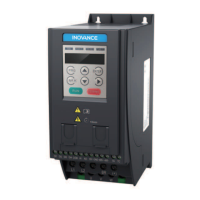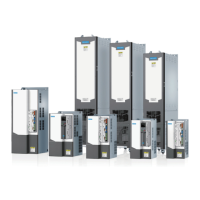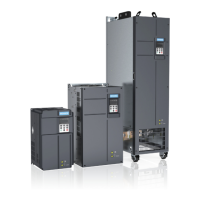Function Application
‑643‑
Para. Name De
fault
Value Range
Description
B1‑19
Multi‑friction
compensation
torque 1
0.0% 0.0% to 50.0%
‑
B1‑20
Multi‑friction
compensation
torque 2
0.0% 0.0% to 50.0%
‑
B1‑21
Multi‑friction
compensation
torque 3
0.0% 0.0% to 50.0%
‑
B1‑22
Multi‑friction
compensation
torque 4
0.0% 0.0% to 50.0%
‑
B1‑23
Multi‑friction
compensation
torque 5
0.0% 0.0% to 50.0%
‑
B1‑24
Multi‑friction
compensation
torque 6
0.0% 0.0% to 50.0%
‑
B1‑25
Multi‑friction
compensation
inflexion point 1
0.00
Hz
0.00 Hz to the
maximum
frequency
‑
B1‑26
Multi‑friction
compensation
inflexion point 2
0.00
Hz
0.00 Hz to the
maximum
frequency
‑
B1‑27
Multi‑friction
compensation
inflexion point 3
0.00
Hz
0.00 Hz to the
maximum
frequency
‑
B1‑28
Multi‑friction
compensation
inflexion point 4
0.00H
z
0.00 Hz to the
maximum
frequency
‑
B1‑29
Multi‑friction
compensation
inflexion point 5
0.00H
z
0.00 Hz to the
maximum
frequency
‑
B1‑30
Multi‑friction
compensation
inflexion point 6
0.00H
z
0.00 Hz to the
maximum
frequency
‑
The preceding parameters are used for multi‑friction compensation curves 1 and 2.
When B1‑18 is set to 2, parameters B1‑19 to b1‑24 take effect. When B1‑18 is set to 3,
B1‑19 to B1‑30 take effect.
The change curves of friction compensation values are shown in the following two
figures. You can set B1‑18 based on actual conditions.

